What is dry needling and how can it benefit me?
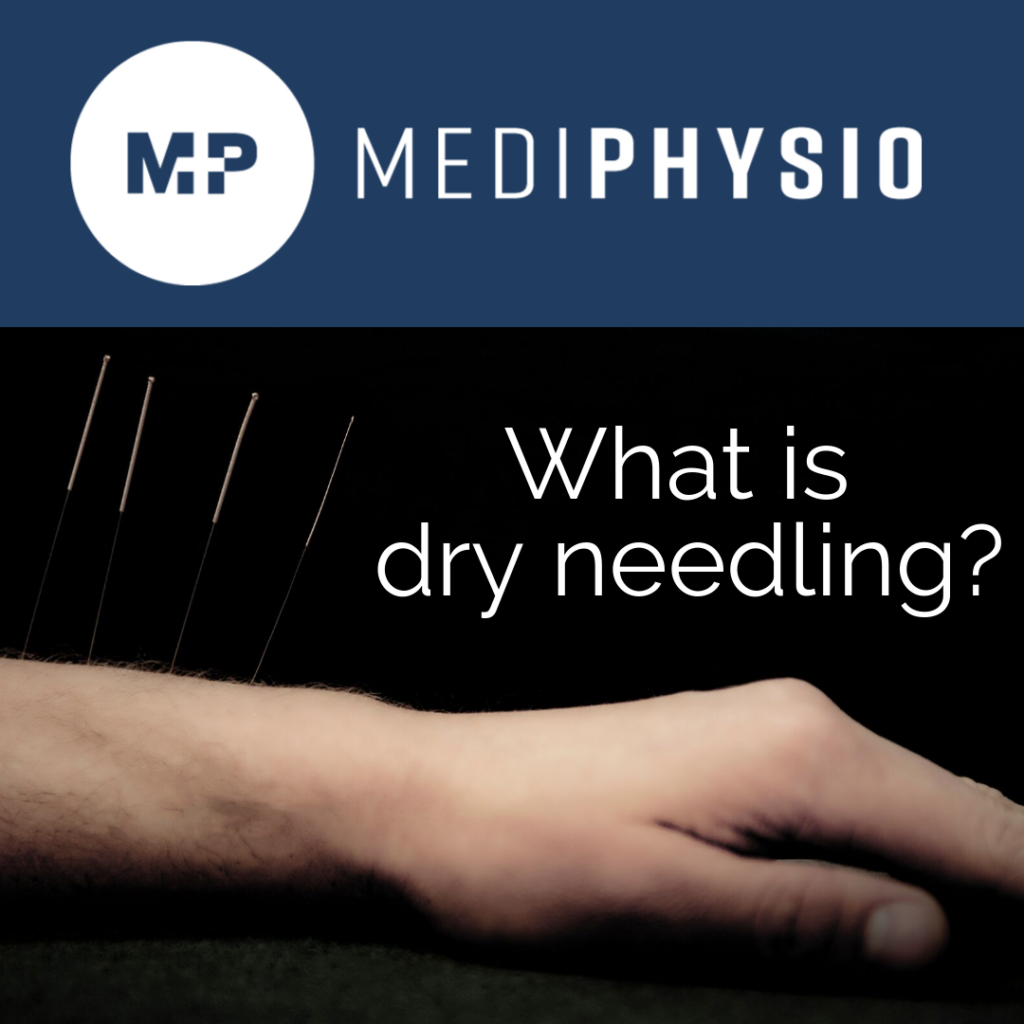
Dry needling is a treatment used by physios where we insert very fine filament sterile needles (acupuncture needle) into tissues, in order to stimulate a healing effect. Depending on the specific points chosen and the technique used, its proposed effects are
- relax muscle spasm and myofascial trigger points (knots in the muscle) to improve function
- assist with pain relief
- reduce inflammation
- improve local immune / healing responses
The two most common techniques that are used by physios are; Myofascial Trigger Point and Segmental dry needling techniques. It is easy to think of it as a western type of acupuncture, where the treating physiotherapist uses needling alongside their anatomical knowledge and clinical reasoning. It should be used as an adjunct to other types of treatment and rehab.
What is the difference between dry needling and acupuncture?
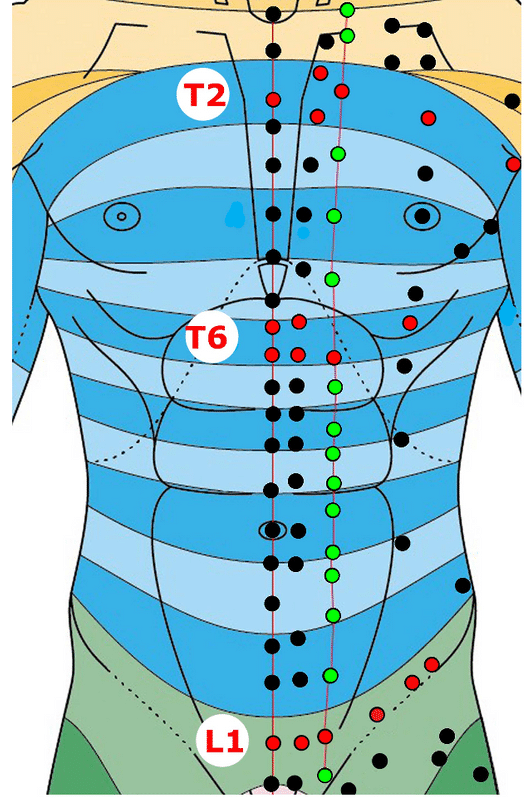
Dry needling is not the same as acupuncture, although there are similarities between the two techniques. The main difference is the theory behind why the techniques work. Dry needling is primarily focused on the reduction of pain and restoration of function through the release of myofascial trigger points in muscle. Whereas acupuncture is defined as the stimulation of specific acupuncture points along the skin of the body corresponding with 12 imaginary energy channels (meridians) on the body. Acupuncture focuses on the treatment of medical conditions by restoring the flow of energy through these key points in the body to restore balance.
Assessment differences
The assessment that occurs before dry needling involves palpation, range of motion of muscles and joints, dermatomes, myotomes and a twitch response. The assessment that is involved before acupuncture includes meridians, ying and yang pulse, tongue diagnosis, acupoints and no twitch response.
How does it work?
Dry needling assists with decreasing local muscular pain and improving function through the restoration of a muscle’s ability to lengthen and shorten normally by releasing myofascial trigger points.
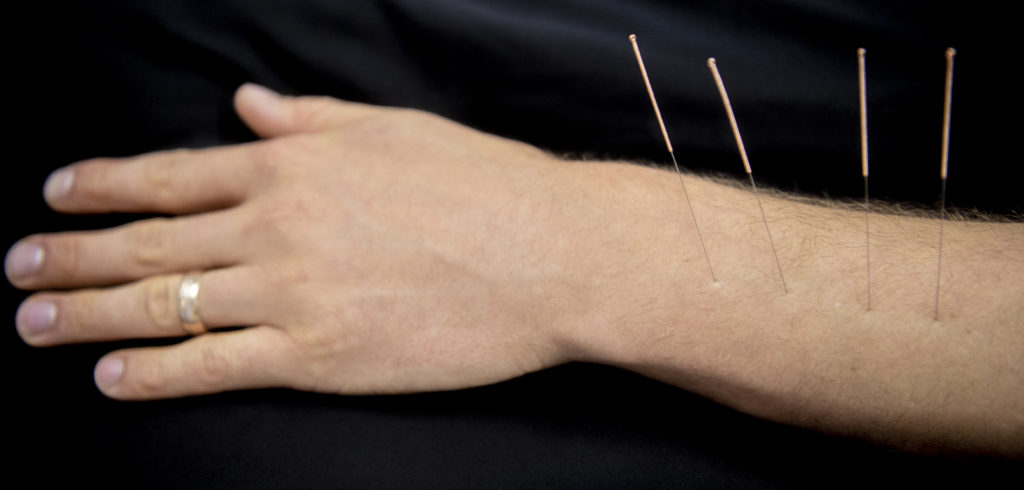
When a fine filament needle is inserted into the centre of a myofascial trigger point, it is believed to effect the release of chemicals in the body by stimulating the nerve fibres nearby. The nerve sends a signal along the spinal cord to the brain which can have several effects, including the release of chemicals and increasing blood flow. This can provide a pain free window of 2-3 days and an opportunity to retrain the muscles with less tightness and pain. This window can allow us to address the underlying cause of the issue.
What will you feel during dry needling treatment?
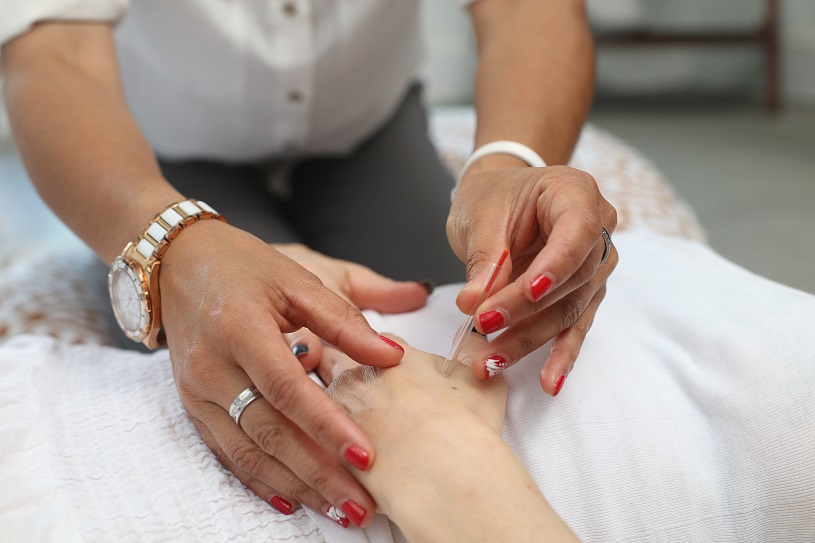
During a dry needling treatment, you may feel a slight sting as the needle is inserted and removed. However, this discomfort should last no longer than a second before settling.
A brief muscle twitch can also be experienced during a dry needling treatment. This may occur during treatment when the needle is inserted into a myofascial trigger point. You may feel a heaviness or dull ache locally or distally from where the needle was put it. Trigger points refer, so this is a normal thing to feel.
Common side effects post treatment
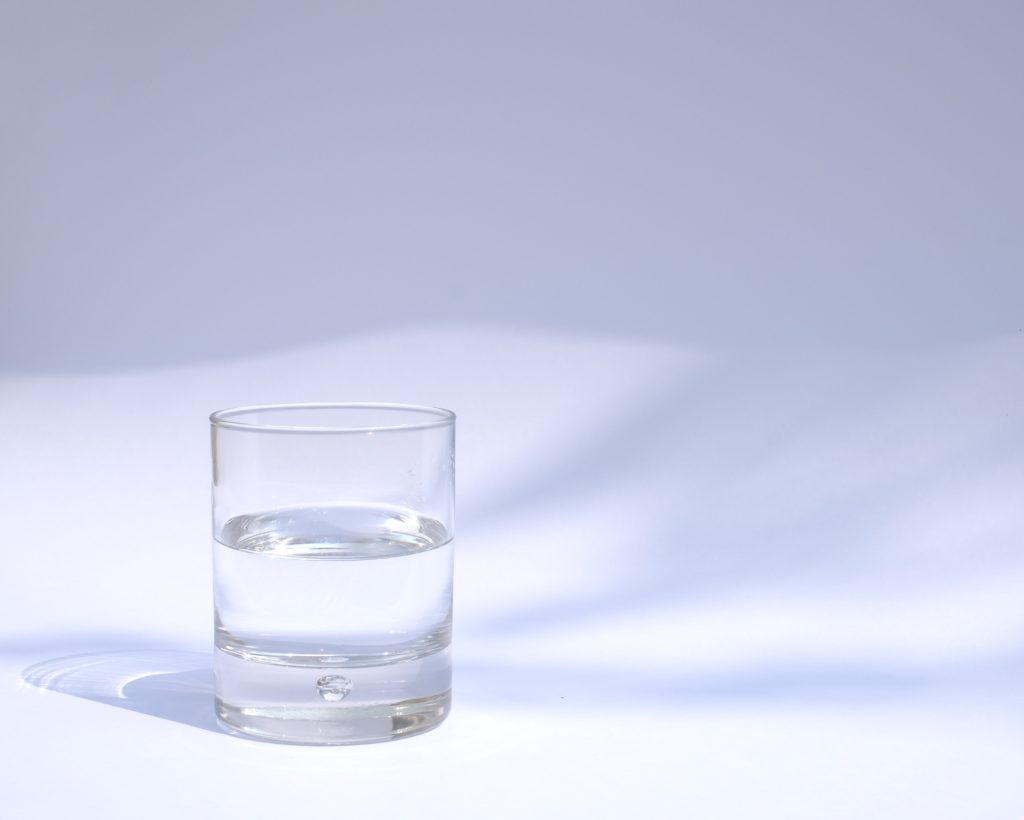
- Most patients will respond really well to treatment, however in the same way that some people might feel post treatment soreness after a manual therapy session, they might also feel sore after dry needling. But be reassured, the soreness should only last for 12-24 hours.
- Very minor bruising or bleeding may also occur. An ice pack can be used to help recovery for 10-15 minutes following the procedure.
- Fatigue and drowsiness is a possible side effect. We encourage patients to have a snack or drink some water if this occurs. Even some appropriate rest before driving a vehicle if necessary.
Is dry needling safe?
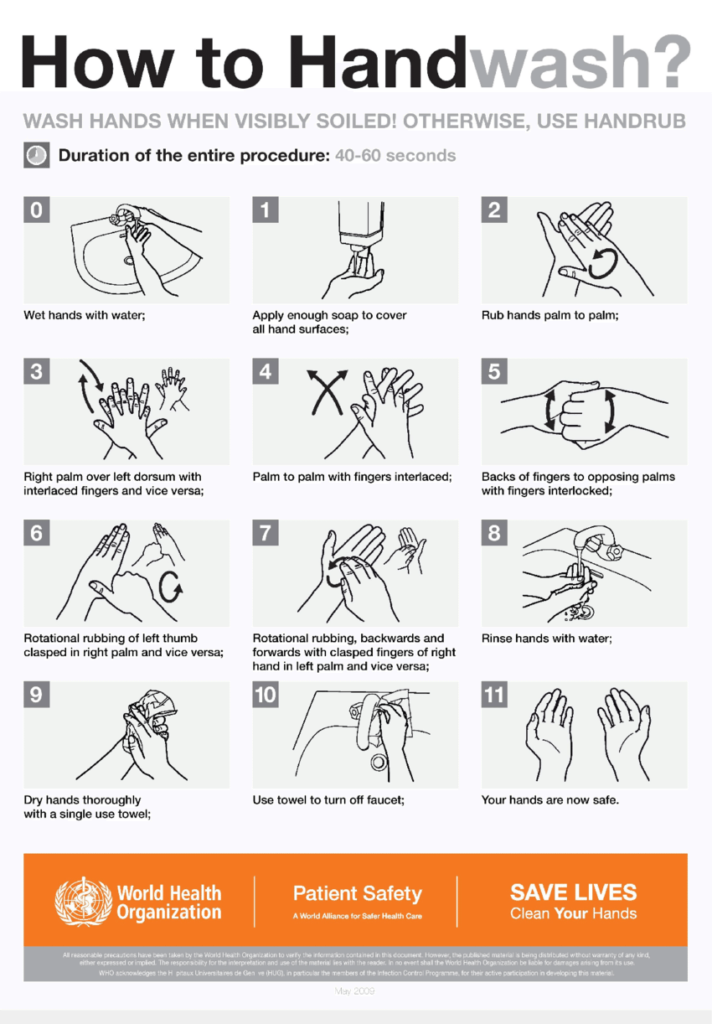
Yes, as long as the dry needling is being performed by a trained therapist who is aware of the various contraindications and precautions.
Before dry needling is considered your physiotherapist will ensure that with your medical history it is safe to do so, and you will always be asked for your informed consent before this treatment is performed. You are allowed to say no! A physio may recommend this form of treatment however you can decline. However with each patient, the goals of the treatment should always be discussed and at any time the needles can be removed by the physio if needed.
Just an interesting little fun fact: a study was conducted in 2013 that incorporated 7629 dry needling treatments and the associated adverse outcomes. Resulting from those treatments, the risk of a serious adverse reaction or event was 0.04%. To put this into perspective, the risk of an adverse event after taking Aspirin is 18% & Panadol is 14.5%. Good to know;-)
All of our physios at Mediphysio are trained in the technique of dry needling and are here to help you in any way that they can. If you would like to know more about dry needling, contact us today!


Sorry, comments are closed for this post.